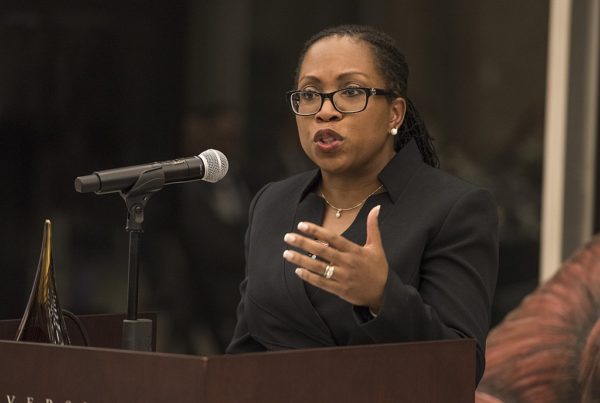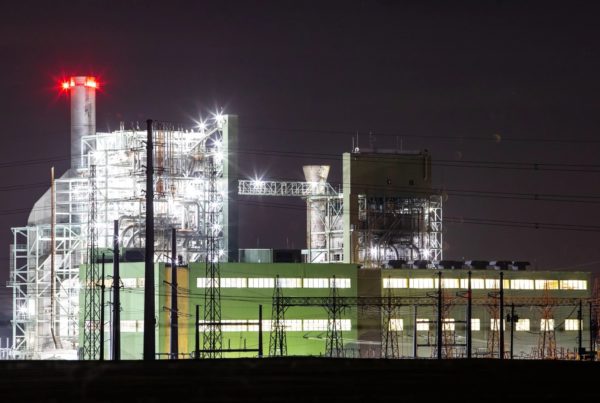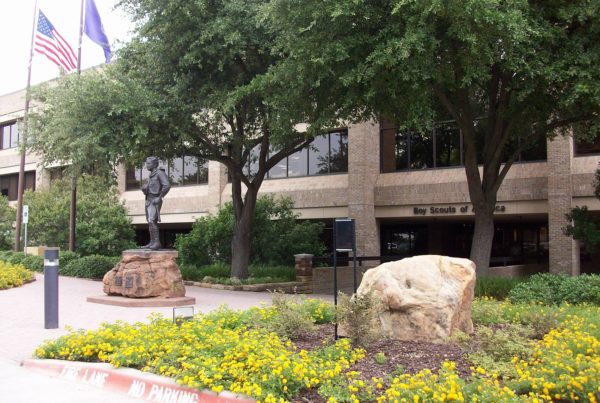In “Goodbye to a River,” John Graves’ classic book about a canoe trip down the Brazos, the author apologizes for all the digressions he makes from the main narrative. It seems like each bend in the river conjures a new tale he just must relate to the reader. “I can’t help it,” Graves wrote. “The stories are there; I’m not telling even a fourth of them.”
And he’s right. Texas’ waterways teem with stories – some true, some tall tales.
The proof is gathered together in a new collection of writings called “Viva Texas Rivers: Adventures, Misadventures, and Glimpses of Nirvana along Our Storied Waterways.” Sam Pfiester, one of the book’s co-editors, spoke with Texas Standard about assembling the book and the future of the state’s rivers.
Listen to an interview with Pfiester in the audio player above or read the transcript below.
This interview has been edited lightly for clarity.
Texas Standard: Where did your love for Texas rivers come from?
Sam Pfiester: I was born and raised in the great Chihuahuan Desert in Fort Stockton, Texas, where the closest river was the little shallow, salty, muddy, Pecos River. But my ancestors had grown up in the back of what is now Big Bend Park. And so when I was a child, we would always go to the Big Bend and fish the Rio Grande. So our love for rivers came because we were living in the desert, and any time you were around running water it was ecstasy.
It sounds like you got bit by the bug early.
I got bit by the bug by the time I was 2 years old.
John Graves’ book, “Goodbye to a River,” drew attention to plans to dam up the Brazos River. After its publication, only a handful of dams were actually built. Your book covers 250 rivers but seems to have a similar tone. What message are you trying to get out there?
Well, I’ll say this, Graves certainly is the grandfather of writing about Texas rivers. And just as a little digression, as part of our research, Steve Davis and I floated the Brazos River. We started where Graves started and floated for three days. We did it with two of Steve Davis’ author friends: Joe Holley, who syndicated the Houston Chronicle; and Mark Busby, who is a McMurtry scholar.
And I will tell you this, researching floating rivers with authors is just a wonderful pastime because they are, by nature, storytellers. The subject that Graves brought up was that our rivers were then, and still are, endangered.
Back in the ‘60s, when he floated the river, there was the danger of being dammed because of the need for fresh water for Texas, as we were growing in population. There was also a lot greater pollution rules and regulations for a lot of industries; we’re not the same as in place now.
So I would say, back then when he wrote, the endangerment was more pollution and dams. Today, it’s inflows; our rivers are flowing a lot less water than they used to, and for various reasons, various theories why. But as our state is going to double in population in the next 25 to 30 years, there are big issues on how we’re going to get enough water to drink.
Are a rapidly expanding population, farming and ranching and climate change creating kind of a perfect storm for Texas waterways?
An interesting phenomena, the rivers to the east, because they have a lot more rainfall – have a lot of water that is not already committed for urban and agricultural use. For instance, Sabine River has about a million-acre-feet per year that is not committed.
As you go farther west, the waters in our rivers are overcommitted to water users, primarily utilities. For instance, the Colorado River has a lot of commitment to the rice farmers down in Texas. So we’ve got a problem of doubling in the population and decreasing the freshwater supply. So that’s a challenge that we’re just going to have to meet, and it’s political as well as climate, and brushification and all the other issues.
There is a wide timeline represented here: the writings span from the present day all the way back to Spanish colonialism. Did you find any similar themes running through these writings?
Not so much similar themes, although similar interests. The rivers back, even in the 17th century, were often barriers. You had to get a horse or you had to get your supplies across the rivers. Some of the barriers were not just the width and depth and current but, for instance, the rivers along the coastal plains had a lot of logjams. Some logjams would be tens of miles up to 50- to 100-miles thick. And so you couldn’t go up and down the rivers, although they were also one of our main transportation corridors.
So the historic stories, often, were not similar to those today except that everyone involved with the river had a good adventure to talk about. They talked about the rivers because they talked about the adventures they had on the rivers – where they’re crossing them, where they’re being logjammed from them, where they’re using them as their source of supplies. They went west as far as our rivers flow.
What is it about rivers or waterways like these that seem to inspire the writer in so many people?
It’s moving water. If you think about it, if you stand in a river and look upstream, you’re looking at the future, you’re feeling the present and behind you is the past. It’s got that kind of metaphor that connects us in so many ways in time to our ancestors.
One of the lead-off poems in “Viva Texas Rivers!” is called “This River Here.” And it talks about how we’re all connected by our experiences with rivers and by all means, generations of us, both past, present and future.
Is there a passage in this book that sticks with you the most?
Well, I would say that the first one, which is by Carmen Tafolla, which is just a wonderful poem. In fact, if you go to the Wittliff web page, you can hear her read the poem herself, and she reads it with great inflection. And it’s just inspiring to hear her talk about her great-grandmother who washed clothes in the river. And by the way, all those stories are such great stories; some are funny, some are disturbing, they’re all emotionally engaging, I’ll say.
It almost sounds like you have written a love letter to Texas rivers.
Well said. I couldn’t put it better myself – a series of love letters about Texas rivers.














